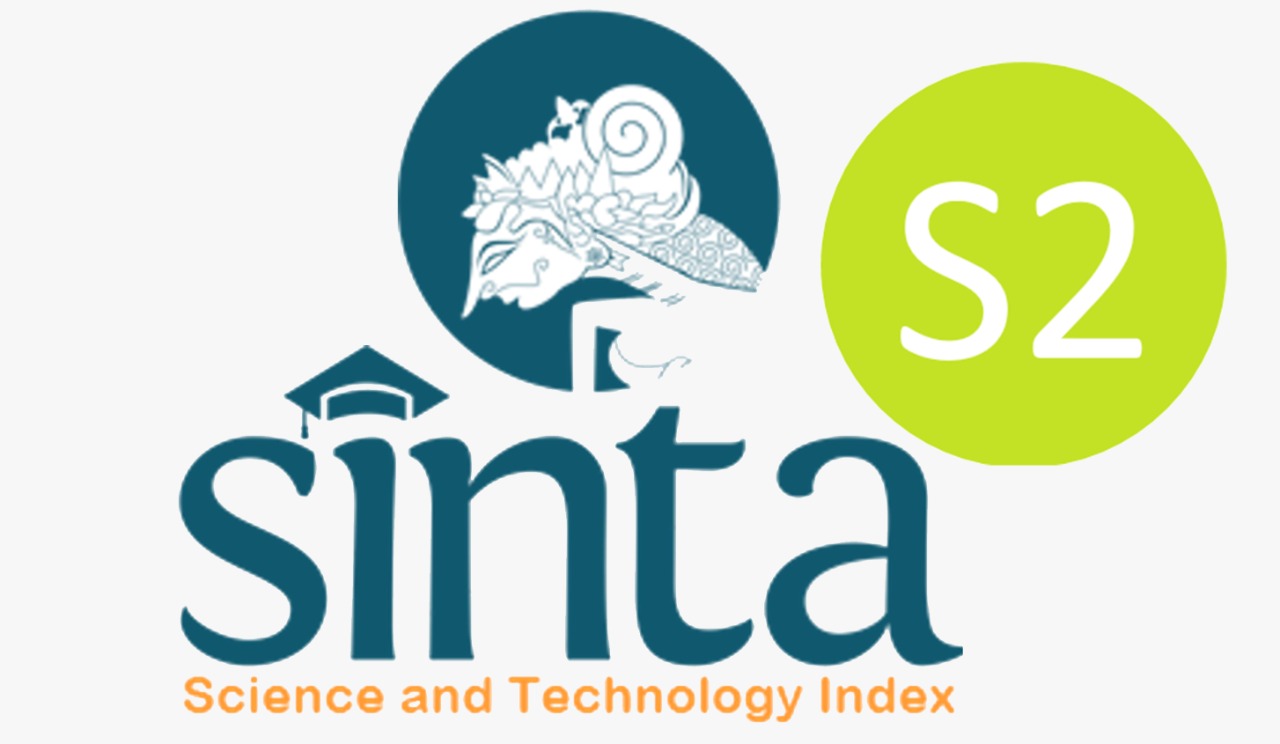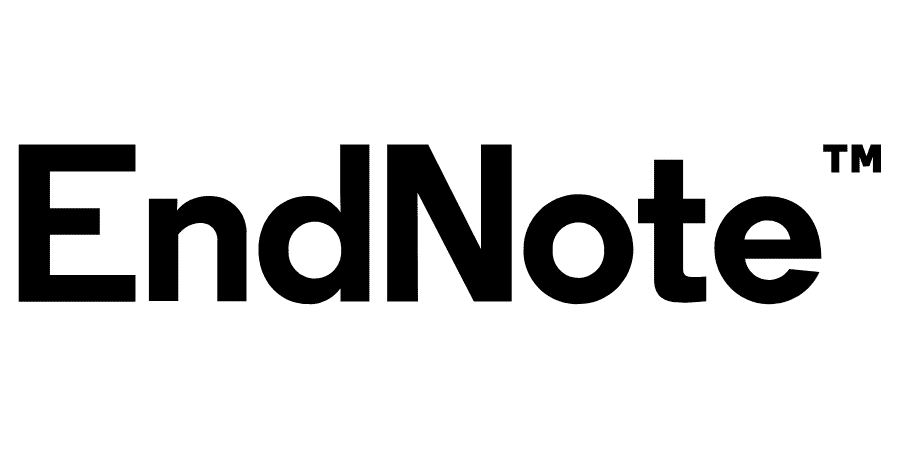AN ANALYSIS IN COMPARATIVE ADVANTAGE IN MANUFACTURING SECTOR AS A DETERMINANT OF TRADE EXPANSION: THE INDONESIAN AND MEXICAN CASE 1989-2011
Downloads
The dynamic changes experienced in international trade in terms of volumes, varieties and destinations in manufacturing goods suggests that a change in comparative advantage has occurred for industrial and developing countries. The present study analyzes the impact of the dynamism in international trade in the change of comparative advantage in manufacturing sector for the case of Mexico and Indonesia for the period of 1989-2011.
It was found that the trade pattern of Mexico has change significantly in the last 23 years turning into new industrial activities, meaning a deep change in variety of products, human capital and technology intensity at structural level. As for Indonesia the change was found to be also significant even though at less degree than Mexico but with the particularity of keeping the traditional industries as the backbone of exports while developing some new industries.
A good number of opportunities for trade expansion were found for Mexico and Indonesia since both countries specialized in different variety of products under different factors intensities.
Amoroso, N., Chiquiar, D., Ramos-Francia, M., Technology and endowments as determinants of comparative advantage: Evidence from Mexico, 2011, Vol 22, pp. 164-196. North American Journal of Economics and Finance
Balassa, B., Intra-Industry Speacialization a Cross-Country Analysis, 1986, Vol 30, p.p 27-42. European Economic Review. North-Holland.
--------------------, Noland, M., The Changing Comparative Advantage of Japan and the United States, (1988) Institute for International Economics.
Baldwin, R., Trade and Industrialisation after globalization´s 2nd Unbundling: How building and joining a supply chain are different and why it matters". 2011, NBER Working Paper Series No 17716.
Batra, A., Khan, Z., Revealed Comparative Advantage: An analysis for India and China. 2005 Working Paper No. 168, Indian Council for Research on International Economic Relations.
Borenszteina E., De Gregoriob J. , Leec J-W., How does foreign direct investment affect economic growth?.
, Vol 45, pp. 115-135. Journal of International Economics.
Carolan Terrie, Singh Nirvikar, Talati Cyrus (1998), The composition of U.S.-East Asia trade and changing comparative advantage. 1998, Vol. 57 1998,pp. 361-389. Journal of Development Economics.
Clark, Don P., Scale economies and intra-industry trade. 2010, Vol. 108, pp. 190-192. Economics Letters. Dan Ben-David, Trade and the Neo-classical growth model. 2002.
Das, Gouranga G., Intra-Industry Trade and Development: Revisiting Theory, Measurement and New Evidences, 2007, Paper No. 37260, MPRA.
De Hoyos R., Lacovone, L., "Economic Performance under NAFTA; A Firm-Level Analysis of the Trade- Productivity Linkages". 2011, Policy Research Working Paper 5661, The World Bank.
Dominick Salvatore., International Economics, Ninth edition. Wiley. Dussel Peters, E., Ser maquila, o no ser maquila. Esa es la pregunta?. 2008.
Helpman, Elhanan., Imperfect Competition and International Trade. 1987, European Economic Review 31,pp. 77-81. North-Holland.
*Krugman, P., Technology, trade and factor prices. 2005, Vol 50,pp. 51-71. Journal of International Economics Lee, J., Comparative Advantage in Manufacturing as a Determinant of Industrialization: The Korean
Case.1995, Vol. 23 (7), pp. 1195-1214. World Development
Sen, S., International Trade Theory and Policy: A Review of the Literature. 2010, Working Paper No. 635. Levy Economics Institute of Bard College.
Uchida, Y, Cook, P., The Transformation of Competitive Advantage in East Asia: An Analysis of Technological and Trade Specialization. 2005, Vol. 33(5), pp. 701-728. World Development.
Yuea Changjun, Hua Ping, Does comparative advantage explains export patterns in China?. 2002, Vol 13, pp. 276-296.
Zhang, H., FDI and economic growth: evidence from ten East Asian Economies, 1999, Vol 7(4), pp. 517-535. Economia Internationale.
The journal allows the author to hold the copyright of the article without restrictions.
The journal allows the author(s) to retain publishing rights without restrictions
The legal formal aspect of journal publication accessibility refers to Creative Commons Attribution Share-Alike (CC BY-SA).
Jurnal Ekonomi dan Bisnis Airlangga (JEBA) is licensed under a Creative Commons Attribution-ShareAlike 4.0 International License


















